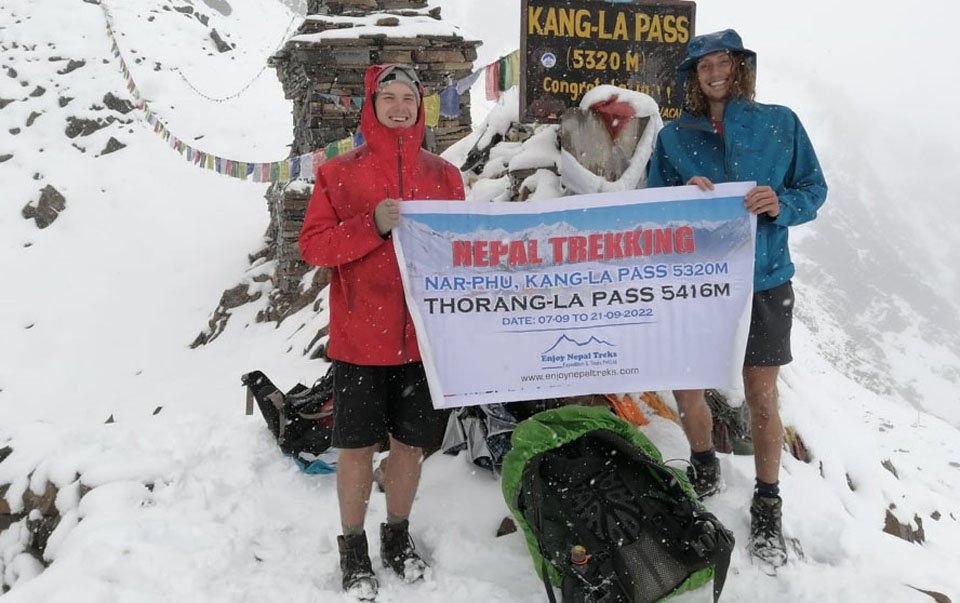If you’ve ever dreamed of walking through a place where the modern world hasn’t fully arrived, the Nar Phu Valley in Nepal might just steal your heart. Tucked away between the Annapurna and Manaslu regions, this remote valley is a world of stone villages, fluttering prayer flags, icy mountain passes, and warm-hearted locals who welcome you like family.
Why Nar Phu Valley is Special
Unlike the popular Everest and Annapurna trails, the Nar Phu Valley Trek is quiet. You can walk for hours without meeting another trekking group. The villages here, Nar and Phu, still hold on to Tibetan traditions passed down for centuries — you’ll see yak herders, ancient monasteries, and stone houses that seem to grow from the cliffs themselves.
How the Trek Usually Goes
Most treks start with a bumpy jeep ride from Kathmandu to Koto, the trailhead. From there, the path takes you through forests, rocky gorges, and into the wide, open landscapes of Meta, Phu, and Nar. One of the most thrilling (and challenging) parts is crossing Kang La Pass at over 5,200 meters — the views will make every step worth it.

Permits and Rules You Should Know
Because the valley is in a restricted area near the Tibetan border, you’ll need a Restricted Area Permit and the Annapurna Conservation Area Permit. You must trek with a licensed guide — no solo trekking here. This rule helps protect the culture, environment, and safety of the region.
What It Costs
On average, expect to spend between USD 900–1500, depending on the length of your trek and the level of comfort you want. This includes permits, guide fees, food, and simple teahouse stays along the way.
When to Go
The best times are spring (March to May) and autumn (September to November). Spring brings flowers and fresh mountain air, while autumn offers crystal-clear skies after the monsoon. Winter can be magical but very cold, and heavy snow may close the pass.
Tips From the Trail
- Walk slowly and take time to acclimatize — altitude sickness is real.
- Bring warm clothes, even in the best seasons. Nights are cold.
- Carry enough cash — there are no ATMs once you leave the main towns.
- Smile, greet locals, and learn a few Nepali phrases — it makes the journey richer.
The Nar Phu Valley isn’t just a trek — it’s a step back in time. It’s where adventure meets culture, where each bend in the trail reveals something new and unexpected. If you’re ready for raw beauty, quiet trails, and genuine human connection, this hidden valley is calling.